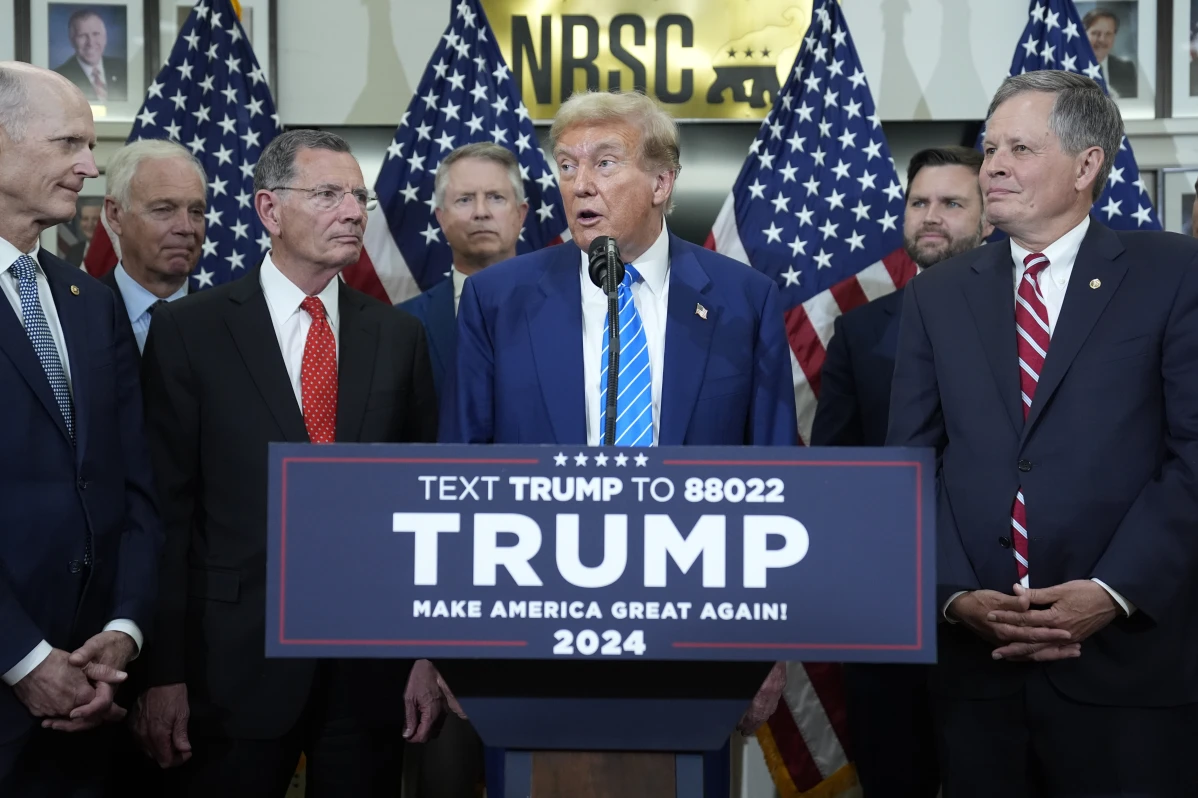
In the aftermath of one of the deadliest mass shootings in modern U.S. history, President Donald Trump once defied the powerful National Rifle Association (NRA) in a move that sent shockwaves through the gun rights community. In 2018, Trump made a bold announcement: bump stocks, devices that allow semi-automatic rifles to mimic the rapid-fire capabilities of machine guns, would be banned. The decision came just months after the tragic massacre at the Las Vegas Strip, where a gunman used bump stocks to kill 58 people and wound hundreds more. Trump framed the decision as a necessary step to close a loophole, stating that bump stocks “turn legal weapons into illegal machine guns.”
Fast forward to 2025, and Trump’s stance on gun control has undergone a noticeable shift. During his presidential campaign to return to the White House, Trump defended a Supreme Court ruling that struck down his own ban on bump stocks, arguing that the decision was in line with his views. More significantly, Trump recently told his supporters in a speech that he “did nothing” to restrict guns. This claim has prompted confusion and raised questions about his true position on the Second Amendment and gun control, especially as it contrasts sharply with his earlier actions as president.
Bump Stocks and the NRA
The conflict between Trump and the NRA was a significant moment during his presidency. The NRA, a staunch advocate for the rights of gun owners, had long been a powerful ally of Trump, but his decision to ban bump stocks placed him at odds with the organization. Despite the pushback, Trump proceeded with the ban, showing that he was willing to take a stand on gun control when faced with public pressure after the Las Vegas massacre. The move was seen as a rare instance where the president broke from the NRA’s interests, particularly given his historically close relationship with the group.
Trump’s decision to ban bump stocks was largely symbolic, however, as it did not directly address the broader issues surrounding gun violence in America. In fact, it was a limited and targeted measure that did little to quell the ongoing debates over gun control in the U.S. It was a temporary win for advocates of stricter gun laws, but the NRA, and many of Trump’s political allies, quickly mobilized against the ban.
Gun Control Promises and Backpedaling
While the bump stock ban marked a moment of apparent gun control action, Trump’s overall record on the issue is far more complicated. As president, he faced a series of high-profile mass shootings, including the 2018 Parkland, Florida high school massacre, which reignited national debates about gun laws. In the wake of Parkland, Trump met with survivors and family members of the victims, vowing to take “very strong” action on background checks and gun control.
However, as public attention turned to Congress, Trump’s resolve seemed to wane. Despite his earlier promises, he ultimately backed off from pushing for significant changes to gun laws. In a telling moment, Trump even scolded a Republican senator for being “afraid of the NRA” during discussions about potential reforms. His inability or unwillingness to push through major changes left many gun control advocates frustrated and disillusioned.
Trump’s retreat on gun control measures was not an isolated instance. Throughout his presidency, he repeatedly walked back his commitments to gun safety, especially when faced with pushback from the NRA and his conservative base, which overwhelmingly opposes stricter gun laws. Trump’s reluctance to challenge the gun lobby has become a defining feature of his legacy on this issue.
The 2025 Campaign and the Second Amendment
As Trump seeks to reclaim the White House in 2025, his position on guns has become a subject of scrutiny, particularly in light of his recent comments. In a speech earlier this year, Trump declared, “I did nothing” to restrict guns during his time in office, downplaying his actions surrounding gun control. This statement stands in stark contrast to his earlier efforts, such as the bump stock ban, and reflects a shifting narrative as he caters to a conservative electorate that remains deeply suspicious of any attempts at gun regulation.
Polling data consistently shows that Americans broadly support stricter gun laws, yet Trump’s rhetoric aligns more with his conservative base, which views any form of gun control as a threat to the Second Amendment. By minimizing his record on gun control and downplaying his involvement in any regulatory measures, Trump appears to be aligning himself more closely with the interests of the NRA and his core supporters.
A Complicated Legacy on Gun Control
Trump’s legacy on gun control is fraught with contradictions. On one hand, he took a significant step in banning bump stocks, a move that momentarily broke with the NRA. On the other hand, his broader failure to enact meaningful gun safety reforms during his presidency, coupled with his recent dismissal of any role in restricting firearms, suggests that his commitment to addressing gun violence was never as strong as his political rhetoric implied.
As the debate over gun control continues to evolve in the U.S., Trump’s shifting stance on the issue highlights the complex relationship between the gun lobby, the Second Amendment, and political calculations. Whether or not Trump’s position on guns will continue to shift as the 2025 election cycle heats up remains to be seen, but his record offers a fascinating study in the tension between political expediency and meaningful action on one of the country’s most divisive issues.
Leave a Reply